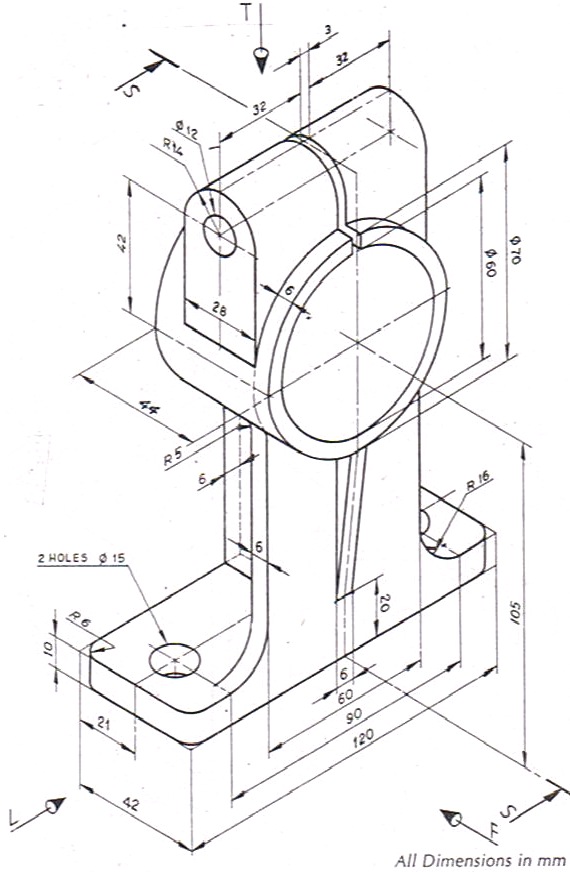

Butts is currently a professor in the Departments of Sociology, Statistics, and EECS at the University of California, Irvine. A native of Mobile, Alabama, his primary interests are social networks, big data, and medical sociology. [email: Gibson is a graduate student at the University of California, Irvine. His work focuses on data collection methods and the investigation of structural and spatial features of networks. [email: Fitzhugh is a graduate student in the Department of Sociology at the University of California, Irvine. in International Disaster Psychology from the University of Denver, as well as B.A.s in Psychology and Communication Arts/Journalism from the University of Wisconsin – Madison. As part of the Project HEROIC, Johnson conducts data monitoring and analysis. [email: Johnson is a research associate at the Trauma, Health & Hazards and Psychology departments at the University of Colorado, Colorado Springs. from the Institute for Mathematical Behavioral Sciences at University of California, Irvine.

in Science, Technology, and Society from Pomona College, as well as an M.A.
Tweetadder 4 crack Offline#
Her work also explores the structure and dynamics of interpersonal and organizational networks in both online and offline environments. She studies online communication and information-related behaviors in the context of emergencies and disaster events. Spiro is an Assistant Professor at the Information School, University of Washington and PhD Candidate at the University of California, Irvine. Sutton received her doctoral degree from University of Colorado, Boulder.

Additional areas of research include the socio-behavioral aspects of disaster warning systems, outreach, and service provision to vulnerable populations via online communications, and Volunteer Technical Communities in disaster. She specializes in disaster sociology with a primary focus is on the evolving role of Information and Communication Technology, and online informal communications in disaster. Jeannette Sutton, PhD, is a Senior Research Scientist in the Trauma Health and Hazards Center at the University of Colorado Colorado Springs. Any opinions, findings and conclusions, or recommendations expressed in this material are those of the authors and do not necessarily reflect the views of NSF. This research us supported by the National Science Foundation awards CMMI-1031853 and CMMI-1031779. Our findings suggest strategies for designing and disseminating messages through networked social media under periods of imminent threat. From these predictive models, we identify the key elements that affect public retransmission of messages during the emergency phase of an unfolding disaster. We then create predictive models to show how thematic content, message style, and changes in number of Followers affect retweeting behavior.
Tweetadder 4 crack code#
We manually code tweets for their thematic content and elements of message style. retweeting) a message in disaster? To answer this question, we collect all public tweets sent by a set of official government accounts during a 48-hour period of the Waldo Canyon wildfire. Our central question is the following: How do message content, message style, and public attention to tweets relate to the behavioral activity of retransmitting (i.e.
Tweetadder 4 crack serial#
Here, we consider factors predicting serial transmission at the interface of formal and informal communication during disaster specifically, we examine the retransmission by individuals of messages (tweets) issued by formal organizations on Twitter.

Microblogging services such as Twitter make it possible to study serial transmission on a large scale and to examine the factors that make retransmission of messages more or less likely. Serial transmission – the passing on of information from one source to another – is a phenomenon of central interest in the study of informal communication in emergency settings.


 0 kommentar(er)
0 kommentar(er)
